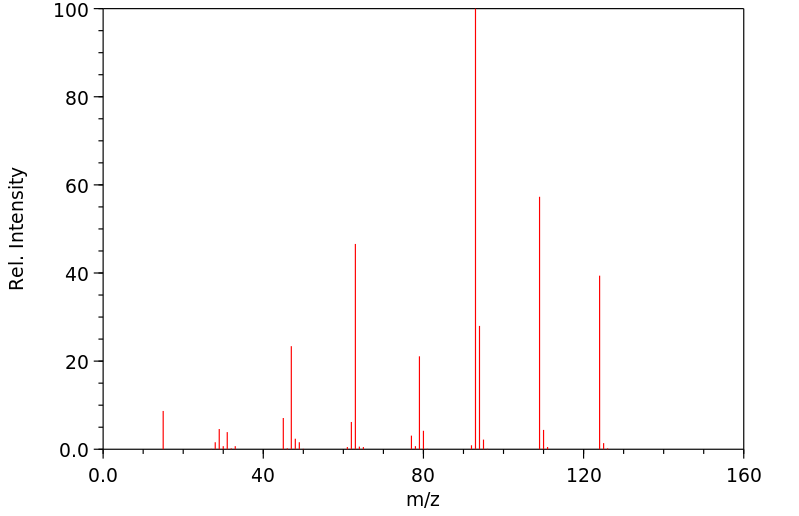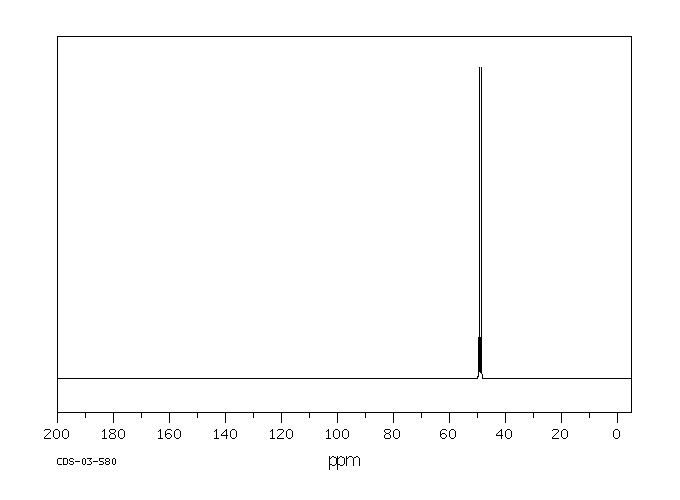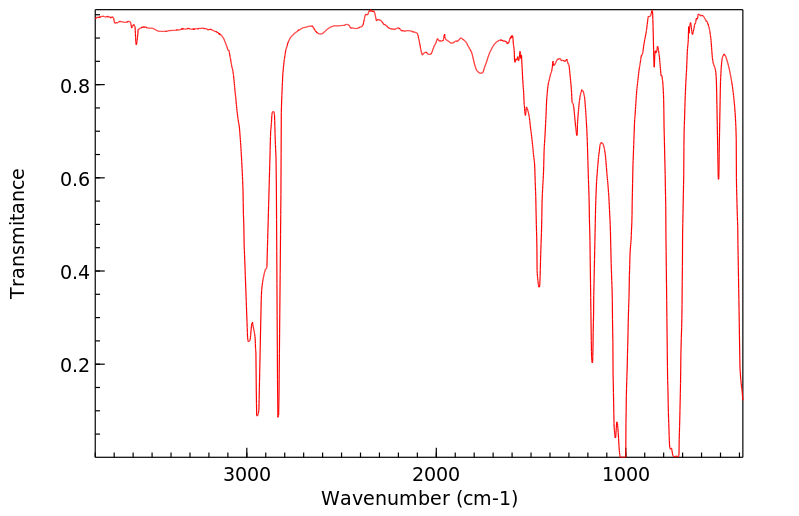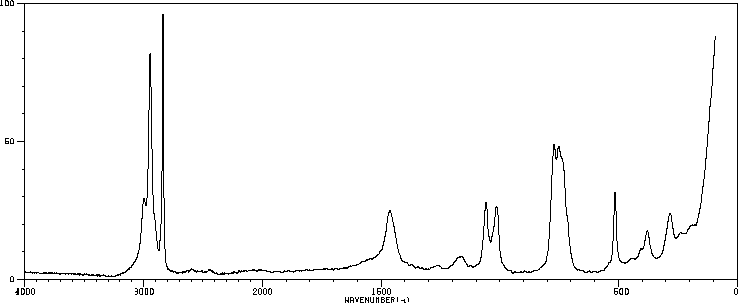毒理性
三甲膦酸酯(TMP)是一种无色液体。它主要用于农药生产的中间体。它还用作纺织品生产中的防火剂,用于生产聚氨酯泡沫的阻燃聚合物的中间体,以及用作催化剂。人类暴露和毒性:对参与TMP制造的179名员工的检查没有发现任何与职业暴露于三甲膦酸酯相关的眼部变化或其他对工人健康有害影响的迹象。通过口服摄入,它只有中等毒性,并且对眼睛、皮肤和上呼吸道有刺激性。动物研究:将三甲膦酸酯涂在兔皮肤上会引起中等程度的持久性刺激。将未稀释的三甲膦酸酯注入兔眼会导致严重的眼部刺激和肿胀,持续数天。没有发现对眼睛的永久性损害。在大鼠暴露于600 ppm,每天6小时,每周5天,持续4周的情况下,死亡率很高(>70%)。在300 ppm暴露的大鼠中,也有10%死亡。在暴露于600 ppm的动物中观察到了肺部炎症的明显组织学证据,但在暴露于300或100 ppm的动物中没有出现这种变化。在100 ppm或更高浓度暴露的动物中出现了眼部刺激的临床症状。在600 ppm暴露组中发展出了严重的白内障,从300 ppm中发展出了轻微的白内障;100 ppm的暴露导致了一些动物的晶状体出现轻微的、可逆的“条纹混浊”。在怀孕的第6天至第15天,将TMP以16、49或164 mg/kg/天的剂量通过灌胃给予怀孕大鼠。还给予一组大鼠乙酰水杨酸(250 mg/kg/天)作为阳性对照。畸胎学评估发现在164 mg/kg/天的三甲膦酸酯剂量下出现了明显的胎儿异常、骨骼缺陷和软组织缺陷,但在两个较低的剂量率下没有出现。在164 mg/kg/天时,胎儿吸收频率也有所增加。三甲膦酸酯在三个独立的鼠淋巴瘤试验中表现出遗传毒性,无论是否进行微囊激活。三甲膦酸酯还在一系列果蝇黑腹菌的诱变试验和一个使用各种大肠杆菌和鼠伤寒沙门氏菌菌株的细菌DNA损伤/修复悬浮试验中呈阳性。三甲膦酸酯在沙门氏菌和酿酒酵母菌株中、在一个细胞转化试验中、在一个细菌DNA修复试验(大肠杆菌、鼠伤寒沙门氏菌)或两个沙门氏菌/哺乳动物微体预孵化试验中没有显示出遗传毒性的证据。
IDENTIFICATION AND USE: Trimethyl phosphite (TMP) is a colorless liquid. It is used primarily as an intermediate in the manufacture of pesticides. It is also used as a fireproofing agent in the production of textiles, as an intermediate in the production of flame-retardant polymers for polyurethane foams, and as a catalyst. HUMAN EXPOSURE AND TOXICITY: Examination of 179 employees involved in manufacturing of TMP failed to reveal any indications of ocular changes or other adverse effects on worker health associated with occupational exposure to trimethyl phosphite. It is only moderately toxic by oral ingestion and an irritant to eyes, skin and upper respiratory system. ANIMAL STUDIES: Topical application of trimethyl phosphite produced moderately severe but persistent irritation on rabbit skin. Instillation of undiluted trimethyl phosphite into the rabbit eye caused severe ocular irritation and swelling, which lasted for several days. No permanent damage to the eye could be detected. Marked mortality (> 70%) /was demonstrated/ among rats exposed at 600 ppm, 6 hours/day, 5 days/week for 4 weeks. Ten percent of the rats exposed at 300 ppm also died. Gross histological evidence of lung inflammation was observed in the animals exposed at 600 ppm, but no such changes occurred in those subjected to 300 or 100 ppm. Clinical signs of ocular irritation occurred in the animals exposed at 100 ppm or higher concentrations. Severe cataract developed in the 600 ppm exposure group, and mild cataracts from 300 ppm; 100 ppm exposures caused mild, reversible "striate opacities" of the lenses of a few animals. TMP was administered by gavage to pregnant rats at rates of 16, 49, or 164 mg/kg/day, on gestation Days 6 through 15. Acetyl salicylic acid (250 mg/kg/day) was also administered to a group of rats as a positive control. Teratologic evaluation revealed gross fetal abnormalities, skeletal defects, and soft tissue defects at a dose rate of 164 mg/kg/day of trimethyl phosphite, but not at the two lesser rates. An increased frequency of fetal resorption was also observed at 164 mg/kg/day. Trimethyl phosphite was genotoxic in three separate mouse lymphoma assays, either with or without microsomal activation. Trimethyl phosphite was also positive in a battery of Drosophila melanogaster mutagenicity assays and in a bacterial DNA damage/repair suspension assay using various strains of Escherichia coli and Salmonella typhimurium. Trimethyl phosphite failed to show evidence for genetic toxicity in Salmonella and Saccharomyces strains, in a cell transformation assay, in a bacterial DNA repair assay (Escherichia coli, Salmonella typhimurium) or in two Salmonella/mammalian-microsome preincubation assays.
来源:Hazardous Substances Data Bank (HSDB)











